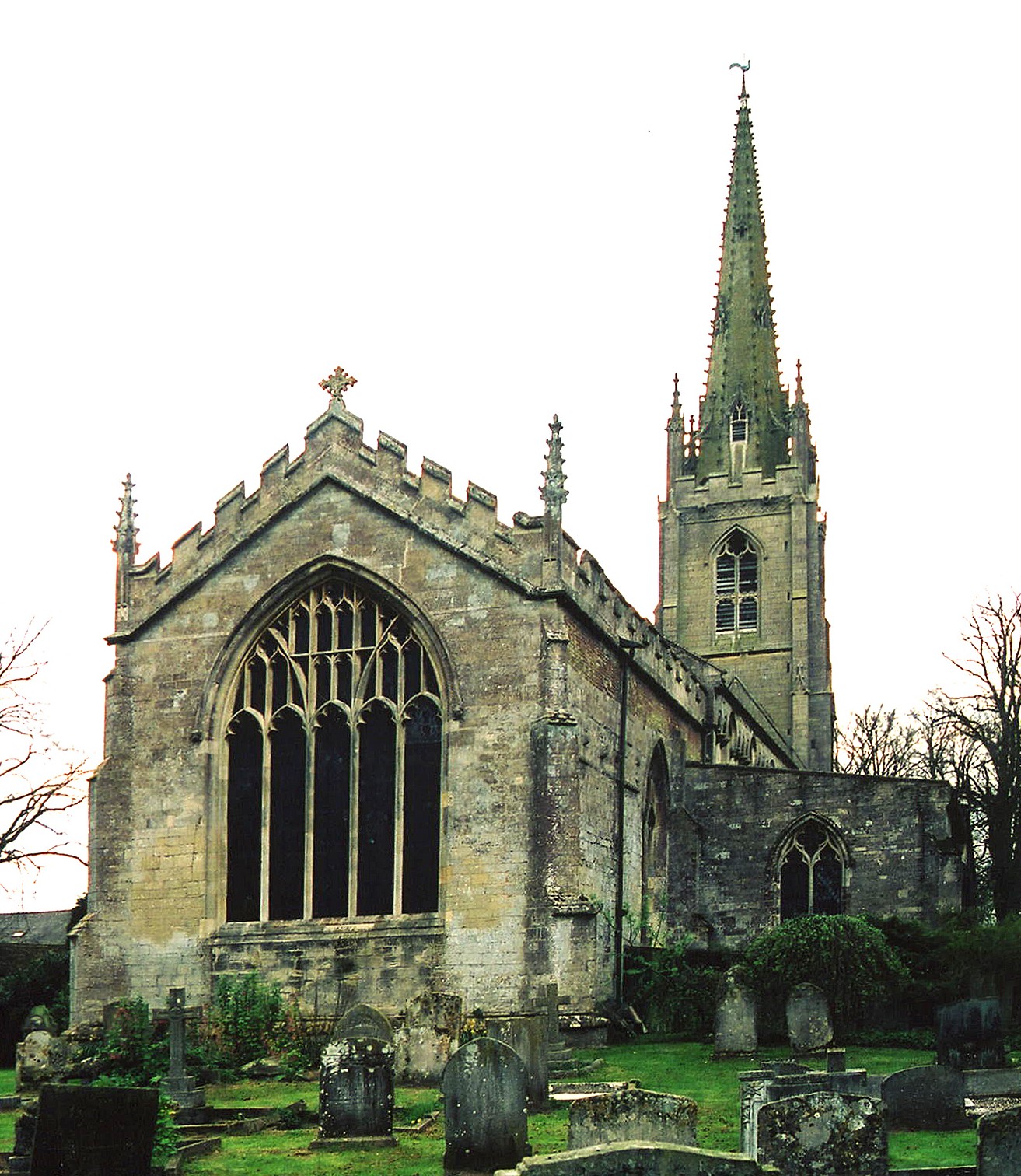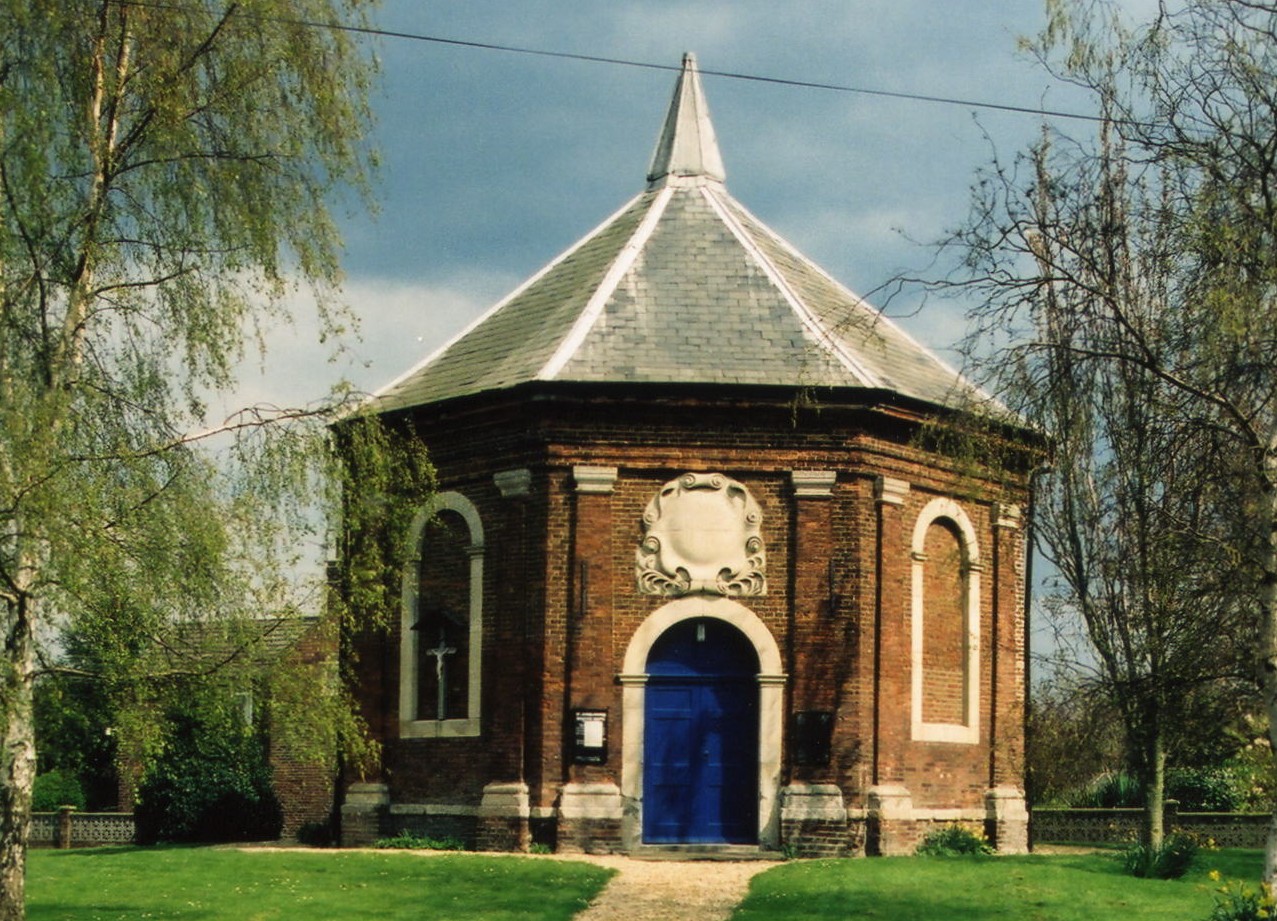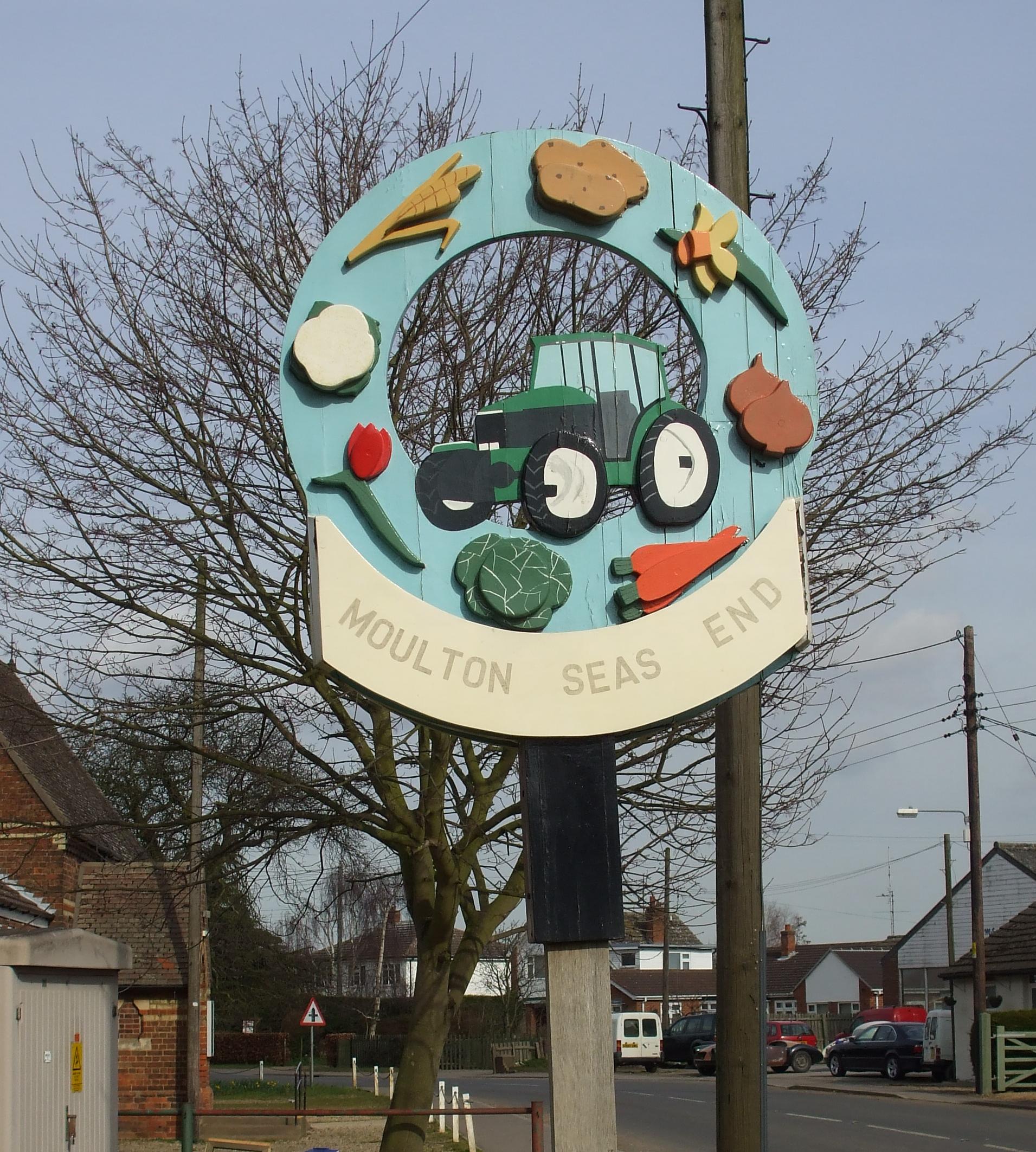Hide
Moulton
hide
Hide
hide
Hide
hide
Hide
Hide
hide
- Maps
- Medical Records
- Migration, Internal◬
- Military History
- Military Records
- Names, Geographical
- Names, Personal◬
- Naturalisation & Citizenship◬
- Newspapers◬
- Occupations◬
- Politics & Government
- Poor Houses, Poor Law
- Population
- Postal & Shipping Guides◬
- Probate Records◬
- Public Records◬
- Schools
- Societies◬
- Voting Registers◬
Hide
"AUSTINDYKE, a hamlet in the parish of Moulton, and wapentake of Elloe, parts of Holland, in the county of Lincoln, 6 miles from Crowland."
"EAUGATE, a hamlet in the parish of Moulton, county Lincoln, 3 miles E. of Spalding."
"MOULTON-CHAPEL, a chapelry in the parish of Moulton, wapentake of Elloe, parts of Holland, county Lincoln, 7 miles N.E. of Crowland, and 6 S.E. of Spalding. The village is small and wholly agricultural. The living is a perpetual curacy in the diocese of Lincoln, value £90, in the patronage of the Vicar of Moulton. The church, which was erected in 1722, is a small edifice of an octagonal form."
"SEASEND, a hamlet in the parish of Moulton, county Lincoln, 3 miles N.W, of Holbeach."
[Transcribed from The National Gazetteer of Great Britain and Ireland 1868]
by Colin Hinson ©2020
Hide
The Spalding Town Library is a good source for informtion to aid your search.
Robert HARVEY has a photograph of The Churchyard at All Saints on Geo-graph, taken in April, 2017.
Beverly LONGBOTTOM also has a photograph of All Saints Graveyard on Geo-graph, taken in September, 2009.
Robert HARVEY has a photograph of the Lych Gate for All Saints, built in 1897 for Queen Victoria's Jubilee on Geo-graph, taken in April, 2017.
- The parish was in the Moulton sub-district of the Spalding Registration District.
- Check our Census Resource page for county-wide resources.
- The table below gives census piece numbers, where known:
| Census Year | Piece No. |
|---|---|
| 1841 | H.O. 107 / 609 |
| 1851 | H.O. 107 / 2096 |
| 1861 | R.G. 9 / 2325 |
| 1871 | R.G. 10 / 3324 |
| 1891 | R.G. 12 / 2564 |
- Supposedly, there was an ancient Saxon church here before the Norman Invasion, but no trace remains.
- All Saints church was built about 1200, except for the steeple which is much more recent.
- All Saints church was thoroughly restored in 1868.
- The parish now has two Anglican churches; one dedicated to St. James (a former Chapel of Ease) and the other to All Saints.
- There is a photograph of All Saints Church on the Wendy PARKINSON Church Photos web site.
- Richard CROFT has a photograph of All Saints' church nave on Geo-graph, taken in October, 2007.
- Here is a photo of All Saints Church, taken by Ron COLE (who retains the copyright):

- Moulton Chapel, a chapel of ease for All Saints, was built 4.5 miles south of the village in 1722. All register entries would be under All Saints. Moulton Chapel was enlarged in 1886 and rededicated as St. James Anglican church, complete with its own registers (starting in 1890).
- There is a photograph of Moulton Seas End, Mission Church, on the Wendy PARKINSON Church Photos web site.
- Richard CROFT has a photograph of St. James' Church on Geo-graph, taken in October, 2007.
- Here is a photo of St. James Church, taken by Ron COLE (who retains the copyright):

- Anglican parish registers exist from 1558 for baptisms and marriages, 1560 for burials.
- Parish marriages are recorded in Boyd's Marriage Index covering 1651 - 1837 and Pallot's marriage Index for 1790 - 1837.
- Parish registers are on file at the Society of Genealogists, covering 1558 - 1837.
- The Lincoln Archives have copies of the parish register.
- We have a partial parish register extract. Your additions to this are welcome. Contact the site co-ordinator below.
- The LFHS has published several marriage and burial indexes for the West Elloe Deanery to make your search easier.
- The Wesleyan Methodists had two chapels in the parish, and the Free Methodists had one at Moulton Chapel. The Primitive Methodists built one at Seasend in 1835. For information and assistance in researching these chapels, see our non-conformist religions page. (JB)
- The Primitive Methodist chapel at Seasend was eventually turned into a residence. Richard HUMPHREY has a photograph of the former chapel on Geo-graph, taken in April, 2013.
- Richard CROFT has a photograph of the Moulton Chapel Methodist Church on Geo-graph, taken in October, 2007.
- Check our Church Records page for county-wide resources.
- The parish was in the Moulton sub-district of the Spalding Registration District.
< - Check our Civil Registration page for sources and background on Civil Registration which began in July, 1837.
Moulton is both a village and parish about 100 miles north of London, midway between Spalding and Holbeach. The parish is a long, narrow affair, running north to south, and incorporates the hamlets of Moulton Chapel, Moulton Eugate and Moulton Seas End. Crowland parish lies to the south, Weston parish forms the western border, and the River Welland is the northern boundary. The area is about 12,000 acres of flat fenland, drained by many small canals.
If you are planning a visit:
- The A151 trunk road runs past the north end of the village.
- Moulton is famous for its old windmill. In 1895, the cap and sails blew down, but a restoration project is underway. (Thank you, John Bland.)
- See our touring page for area resources.
- Robert HARVEY has a photograph of the Village Sign on Geo-graph, taken in April, 2017.
- Richard CROFT has a photograph of the Moulton Chapel village sign on Geo-graph, taken in October, 2007.
- It's a SIGN! Patricia McCRORY provides these village signs to welcome you to your ancestors' village:


- Ask for a calculation of the distance from Moulton to another place.
- Near Ravensbank, several Roman urns of fine white and red earth were dug up in 1721.
- The town is said to have originated in 1100 AD, under the auspices of Thos. de MULTON, the first Baron Multon. His family had a moated mansion here, in a place called Hall-grounds, which they occupied occasionally until 1313.
- In a lane called Old Spalding Gate, formerly the main road across the parish, stands a small ancient stone, called Elloe Stone, around which the wapentake court is said to have been held.
- On 9 December 1765, a sudden and unexpected high tide inundated the salt marsh on the north end of the parish and drowned 2,092 sheep and 13 horses, plus a few cows.
- On 10 November 1810, a breach in the seawall caused considerable damage and some loss of life.
- By 1872, Moulton village had a railway station on the Bourn and Lynn branch of the Great Northern line.
- Robert HARVEY has a photograph of the Grade II Swan Public House on Geo-graph, taken in April, 2017.
- In White's 1842 Directory, Lord Boston was the principal landowner, and others included John TATAM of Austindyke (the directory mentions that he weighs 36 stone), Maurice JOHNSON, Lord Say-and-Sele, Sir W. J. HAWLEY, Sir William LANGHAM, Richard SIMPSON, the Crown, and the families BOUTLON, HOOTON, CLARKE, EVERARD, BUCKWORTH and few other small holders.
- See our Maps page for resources.
You can see maps centred on OS grid reference TF307241 (Lat/Lon: 52.798636, -0.062868), Moulton which are provided by:
- OpenStreetMap
- Google Maps
- StreetMap (Current Ordnance Survey maps)
- Bing (was Multimap)
- Old Maps Online
- National Library of Scotland (Old Ordnance Survey maps)
- Vision of Britain (Click "Historical units & statistics" for administrative areas.)
- English Jurisdictions in 1851 (Unfortunately the LDS have removed the facility to enable us to specify a starting location, you will need to search yourself on their map.)
- Magic (Geographic information) (Click + on map if it doesn't show)
- GeoHack (Links to on-line maps and location specific services.)
- All places within the same township/parish shown on an Openstreetmap map.
- Nearby townships/parishes shown on an Openstreetmap map.
- Nearby places shown on an Openstreetmap map.
- The District Nursing Institution was established in 1902. It is unknown what records may exist in the Archives office, but any patient records may be subject to Closure (privacy) laws.
- Miss LYON was the head nurse from 1913 to 1930.
- Inside All Saints' Church is a marble tablet on the south wall added in 1920 in memory of the men who perished in World War I.
- David HITCHBORNE has a photograph of the War Memorial Plaque in All Saints on Geo-graph, taken in June, 2004.
- Richard CROFT has a photograph of the Moulton Grammar School Roll of Honour in All Saints Church on Geo-graph, taken in March, 2008. 23 students made the ultimate sacrafice, so 23 oaks were planted on the school field.
- There is a memorial inside St. James' Chapel to RAF Airman CLARKE, photo taken in August, 2012.
For a photograph of the Moulton War Memorial plaques and the list of names on them, see the Roll of Honour site.
Moulton All Saints churchyard holds two Commonwealth War Graves from World War II:
- William Henry ELY, priv., Pioneer Corps, age 34, died 16 July 1941. Son of Elijah and Elizabeth ELY and husband of Eva Mary ELY.
- Emily GOODYEAR, leading aircraftwoman, WAAF, age 23, died 26 June 1944. Daughter of John Joseph and Emma GOODYEAR.
David HITCHBORNE has a photograph of Emily GOODYEAR's gravestone on Geo-graph, taken in June, 2004.
- The name Moulton is from the Old English Mul+tun, which could mean either "Place where mules are kept" or "Mula's Village". In the 1086 Domesday book, the village is given as Multune.
[A. D. Mills, "A Dictionary of English Place-Names," Oxford University Press, 1991]
- John Bland tells us (2004) that the locals drop their "t"s and pronounce the name as "Mol-on".
- The parish was in the ancient Elloe Wapentake in the South Holland district in the parts of Holland.
- In 1890, Moulton Chapel was made a separate parish, by order of Her Majesty in council, on 17 May. The boundary line was made the middle of Austendyke road. The southern boundary was Queen's bank. The new parish covered about 3,850 acres.
- You may contact the local Parish Council regarding civic or political issues, but they are NOT funded to do family history searches for you.
- For today's district governance, visit the South Holland District Council site.
- Bastardy cases would be heard in the Elloe (Spalding) petty session hearings.
- The poor of this parish had Poor Lands and Houses, composed of fifteen cottages and other buildings "from time immemorial". I think that should be "time immemorable", but the old directories have the prior usage.
- In 1633, Erasmus AMY left land to generate rent income for the poor of the parish.
- In 1655, Wm. GULSON left land to generate rent income for the poor of the parish.
- In 1667, Richard SEAMANY left land to generate rent income for the poor of the parish.
- In 1676, John REA left land to generate rent income for the poor of the parish.
- In 1692, Ann DENNY left a little over 4 acres to generate rent income for two poor widows of the parish.
- In 1815, Henry HOLLAND left a little over 5 acres to generate rent income for the poor of the parish.
- In 1833, Jacob DAVEY left the interest on £100 to buy coal for the poor of the parish.
- As a result of the 1834 Poor Law Amendment Act, the parish became part of the Spalding Poor Law Union.
Year Inhabitants 1801 1,228 1831 1,850 1851 2,058 1861 2,143 1871 2,272 1881 2,248 1891 2,088 1901 2,017 1911 2,226 1921 2,345 1931 2,431 1951 2,524 1961 2,445
- A Free Grammar School was founded here in 1561 by John HARROX (also listed as WADDOX). A new facility for older students of the school, called an Upper School, was built in 1856. The older building, built in 1792 was used for younger children. The old building was replaced in 1878.
- Robert HARVEY has a photograph of the HARROX Memorial Plaque, taken in April, 2017.
- A National School was built at Moulton Chapel about 1855. A new school was built here in 1880.
- For more on researching school records, see our Schools Research page.
